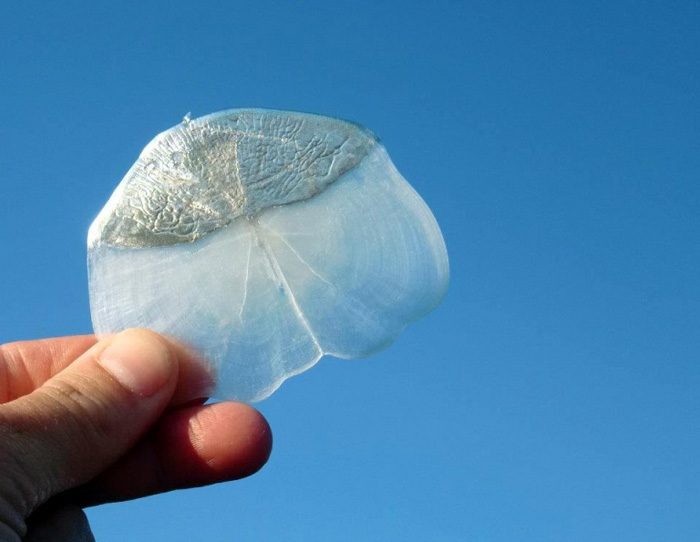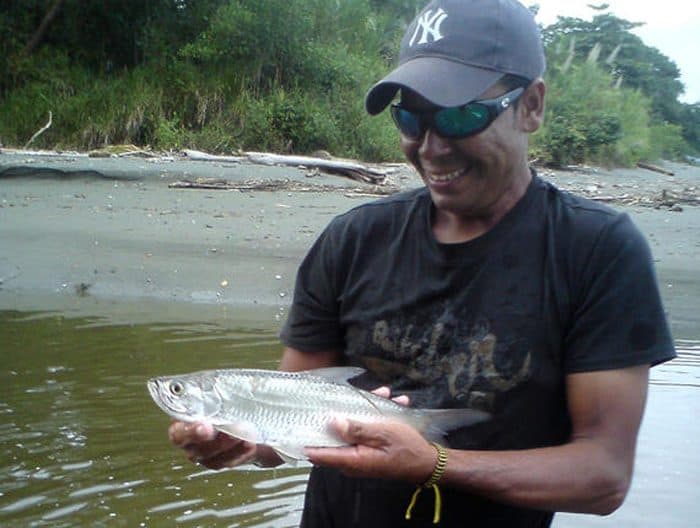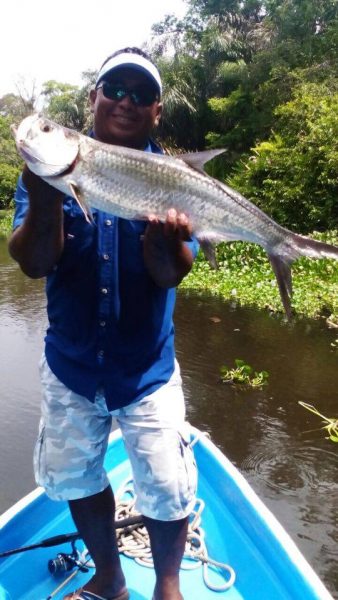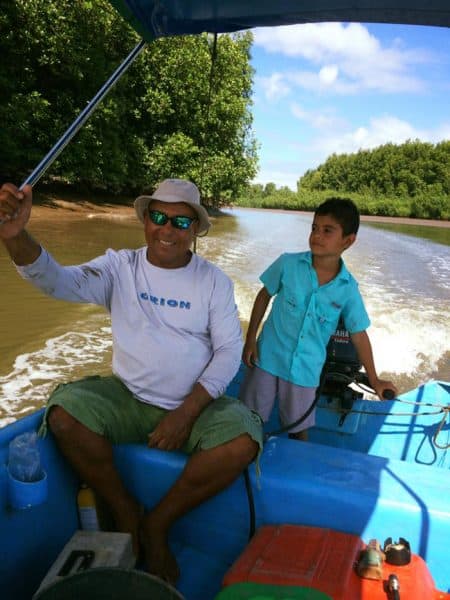Fifty years ago, Jesús Chavarría was a small boy living in a little fishing village on the Sierpe River. He watched one day as a villager brought in a large crocodile. When the local men opened the crocodile’s stomach to see what it contained, they found it full of huge fish scales. Everyone thought a giant cubera snapper, larger than anything ever caught by locals, had succumbed to the giant reptile and all that remained were a few scales. Today Jesús knows different.
Jesús went on to become a successful offshore captain and fished with the pioneers of the sport. For more than 30 years he fished all over the Pacific Coast, chasing marlin and sailfish in the days when Costa Rica was considered the sailfish capital of the world. He passed his knowledge on to his son Steve, who today captains a sportfishing boat.
Around five years ago, Jesús retired from the big waters of the Pacific and settled in his home village of Sierpe. He bought a smaller skiff and fishes with his grandchildren for relaxation, occasionally taking guests for inshore species as well as upriver into the fresh water. Four years ago, while fishing with a jig for corvina at the mouth of the Terraba River with his son Steve, they landed their first Pacific tarpon. Jesús instantly remembered the huge fish scales he saw in the croc’s belly as a child and knew it must have been a tarpon.

The first time I saw one in the Pacific was in 1995 in the Golfo Dulce. I had seen them hundreds of times on their own turf and I knew exactly how they looked and how they moved. I encountered my first one at 10 years old and I chased them for years, studied them with scientists, and marketed things to catch them. They were my ticket to live in Costa Rica when the late Archie Fields brought me here 26 years ago to run his famous tarpon lodge.
The day I saw a tarpon roll and take a gulp of air a few yards from my boat in the Golfo Dulce, I thought I had lost my mind. Tarpon are not indigenous to the Pacific Ocean and it wasn’t supposed to be there. But I knew what I saw. Is there a subspecies living in the Pacific, or did they sneak through the Panama Canal from the Caribbean without getting their passport stamped and set up camp in Pacific waters?
Two decades later we know for sure there is a population of tarpon on the Pacific side of Costa Rica. Fish as big as 130 pounds have been recorded, and Saul Porras’ capture and release of a baby tarpon while snook fishing in front of the lagoon at Carate on the Osa Peninsula a couple years back opens the possibility that they are probably breeding.

The Chavarrías are the only fishermen I know on the Pacific side that have caught tarpon on multiple occasions. They have found the Sierpe River has quite a few that cruise its length. Their first successes were closer to the ocean in the lush mangrove areas of the river, and they eventually started seeing them roll on the surface way upriver in the fresh water.
These waters also hold a couple types of snook, machaca, corvina, snapper and roncador, so if a tarpon is not meant to be on a given day, there are plenty of other things to fish for. Even though this area is miles from the ocean, there still is a tidal influence. They prefer the falling tide. Small lures like Rapalas and plastic tail jigs are their baits of choice.
Tarpon is one of the species of fish that moves freely in and out of salt and fresh water, making the migration through the Panama Canal plausible. The construction of the canal was nearly stopped in its planning stages for fear that the poisonous Pacific sea snake would enter the Caribbean and work its way into the Atlantic. The construction of the canal proceeded without that type of problem when it was discovered that sea snakes would not enter fresh water.

If I were a betting man, I would say the tarpon that have established themselves in the Pacific passed through the Panama Canal, found the waters inviting and eventually settled here in sufficient numbers to start reproducing. We may soon have the answer.
Andrea Beuter of the Ladies League of Anglers recently carried a scale from a Pacific tarpon caught in front of the Río Tamales in the Golfo Dulce and delivered it to Keith Goodman of the Bonefish and Tarpon Trust organization in Florida, who will do a DNA comparison between it and an Atlantic tarpon. If it turns out to be the same genetic composition, it opens the possibility that other species such as snook and certain types of snapper could have made the same trek through the canal.

If you would like more information about west coast river tarpon, you can contact Jesús Chavarria at 8981-8824. He might even take you fishing.
Todd Staley has run sportfishing operations on both coasts of Costa Rica for over 25 years. He recently decided to take some time off to devote full time to marine conservation. Contact him at wetline@hotmail.com.






